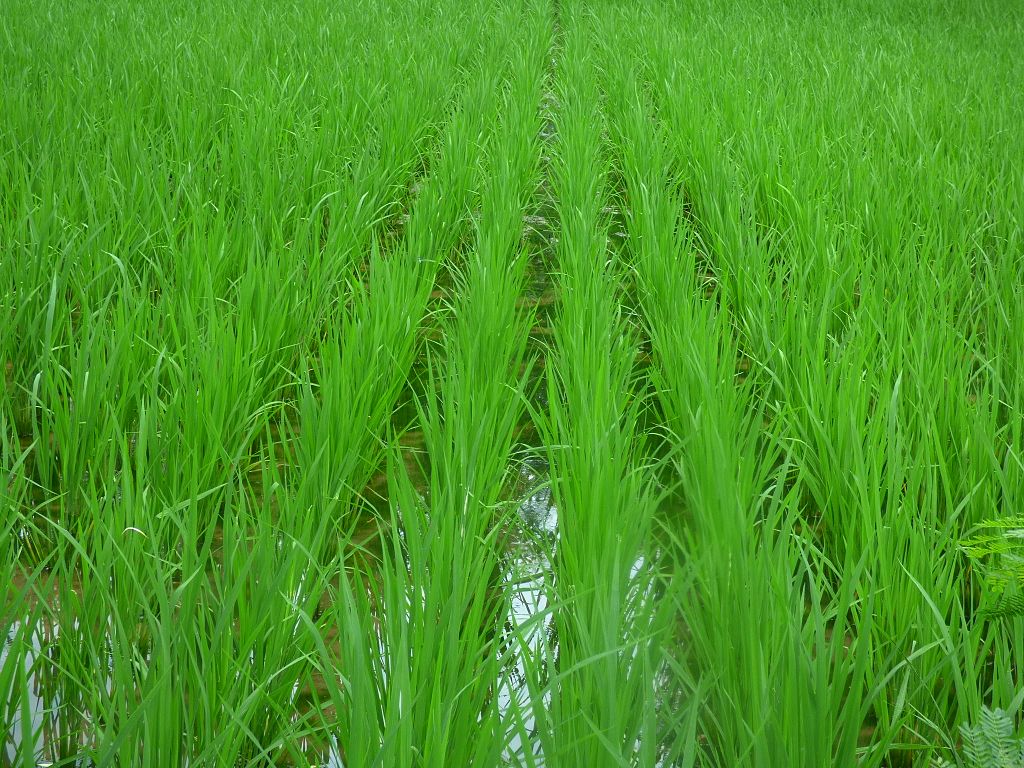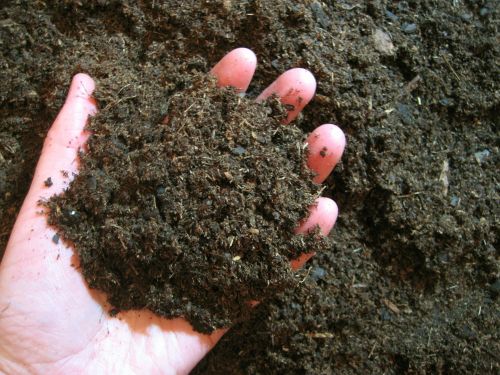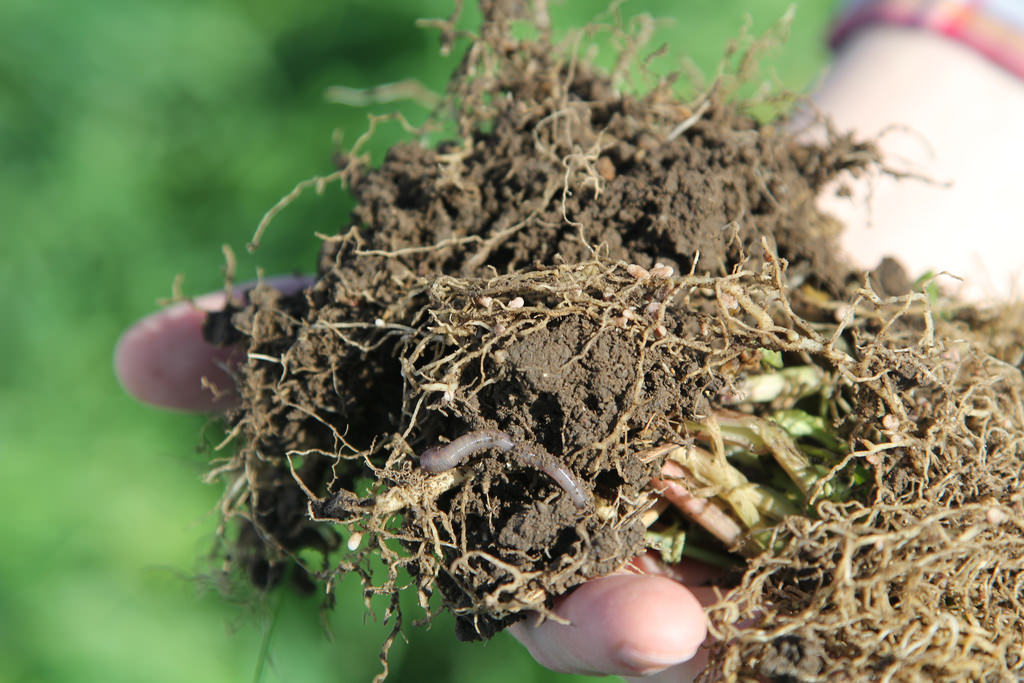-

Toba Highland Peat
Toba highland peatland is unique in the tropics, it is extensive, with an age of 20,000 – 30,000 years. It is the largest carbon store on land, holds records of our past vegetation, climate and human activities. This peatland is currently being used for agriculture, mined and left degraded. The drained peat causes high C emission to the atmosphere,…
-

Digital Peatland Mapping in Indonesia
Open Digital Mapping methodology is a cost-effective and science-based method for mapping peatlands in Indonesia. Peatlands in Sumatra, Kalimantan, and Papua have been mapped using field survey data combined with free remote sensing data and machine learning methods. We recently published a critical review on digital mapping of peatland. We recommend that peatland is better…
-

Mapping Rice and Its Growth Stages
We wanted to map rice fields and their growth stages using satellites Why? Over half the global population eats rice. Knowing how much rice is planted, and where it is planted, helps manage food security. We can know in advance if there’s going to be a rice shortage. At the moment, time-consuming and expensive field…
-

Mapping the world’s largest terrestrial carbon store
We wanted to know how much peatland there is in the world. Why? Because peatlands can store carbon (C) and help regulate the climate. But, peatland degradation is releasing C into the atmosphere. To conserve peatlands and halt their contribution to atmospheric carbon, we need to understand their extent, status, and C stocks. What we did…
-

Soil carbon 4p1000: Opportunities outweigh limitations
Here is my presentation at the 4p1000 conference in Poitiers, France, 17-20 June 2019 https://videotheque.univ-poitiers.fr/embed.php?id=94jd2m8i5k22qw725w6s&link=tlidhscpu71qgu5soqdmg1jzl5h8zj Slide: https://symposium.inra.fr/4p1000/content/download/4305/54269/version/1/file/Soil+C+4+per+1000+Poitier+F.pdf
-

Responding to critiques on 4 per mille
Some readers pointed out there are critiques to the Soil Carbon 4 per mille initiative, and especially our paper published in Geoderma (2017). We have responded to those critiques with a rejoinder, especially the tabloid-style writing by Baveye et al. There’s also a headline “Soil cannot halt climate change” which is a rhetoric, in fact…